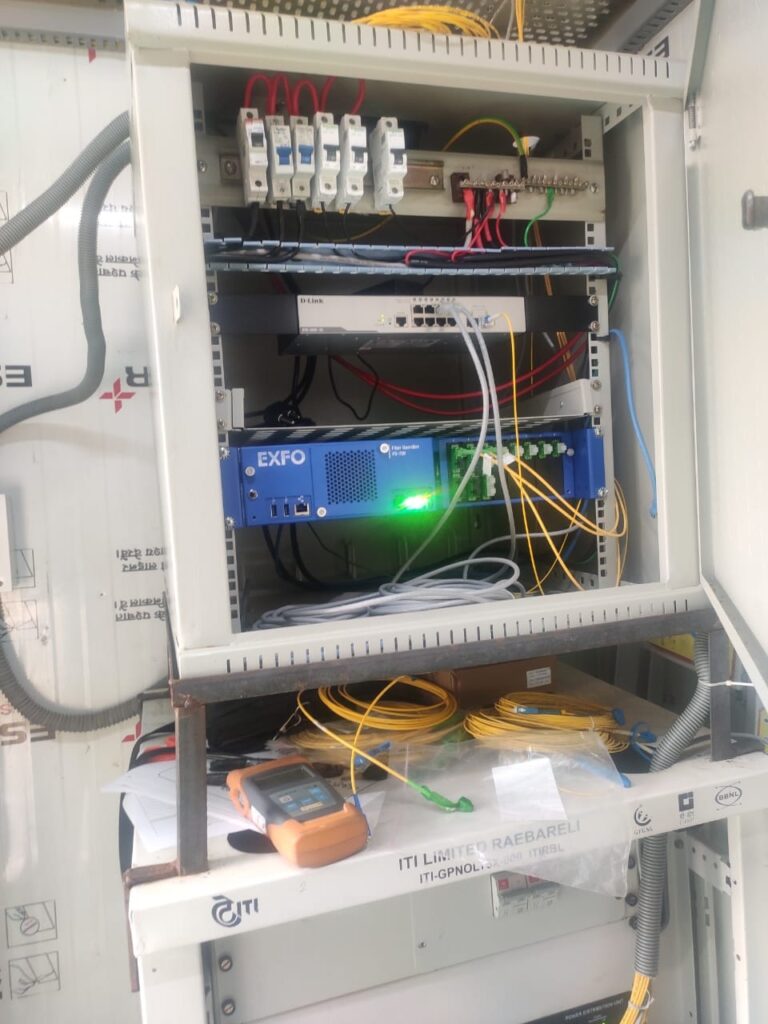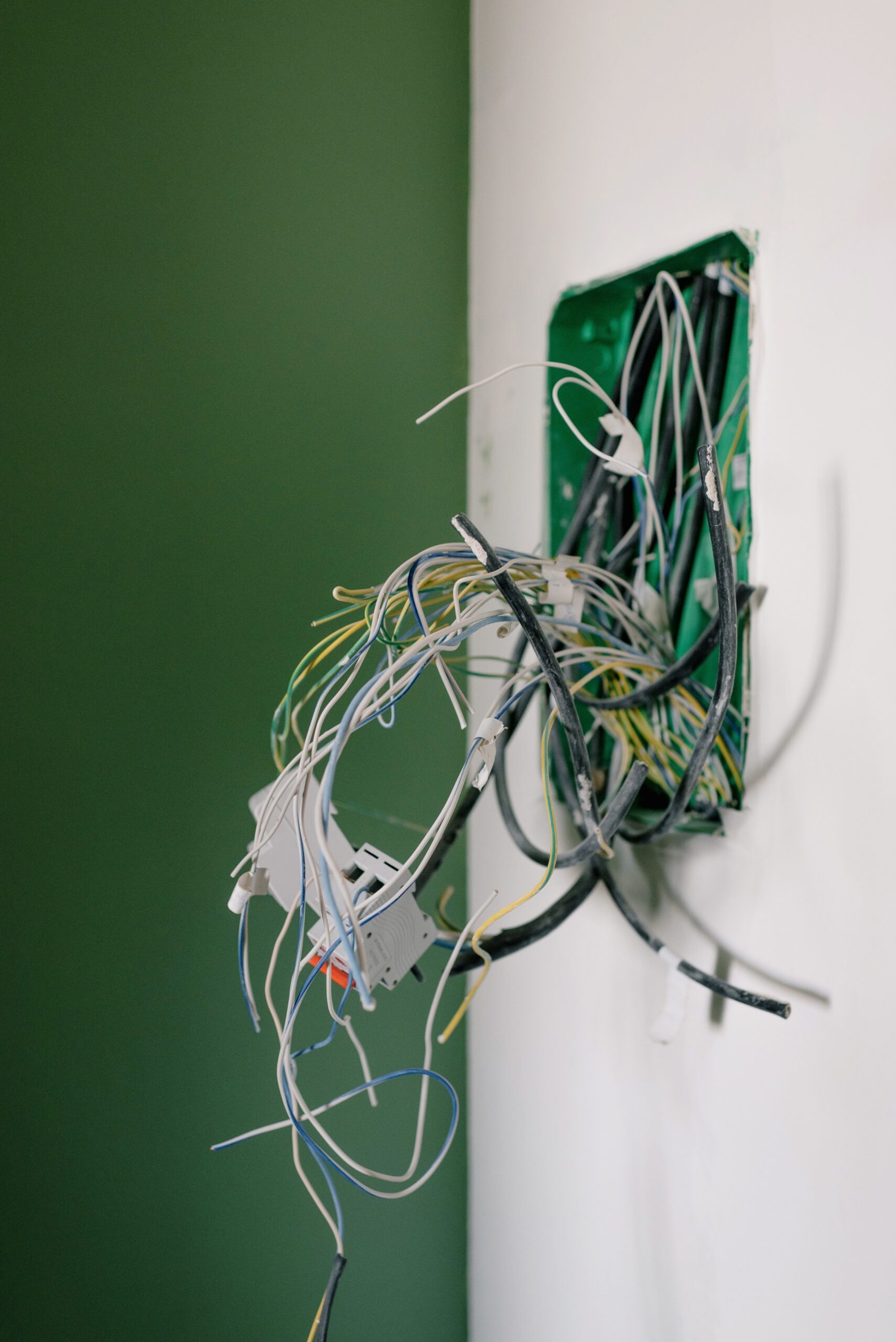Electrical Services Overview


- Target Analysis
- Budget Friendly
- Flexible Tools
Electrical service target analysis involves identifying and analyzing the specific needs and requirements of a building or facility in terms of its electrical systems. The goal of target analysis is to develop an electrical system design that meets the needs of the building or facility in a safe, efficient, and cost-effective manner.
The first step in electrical service target analysis is to conduct a thorough assessment of the building or facility's electrical needs. This may involve reviewing the building's electrical load requirements, examining the existing electrical system and equipment, and identifying any specific electrical needs related to the building's use, such as specialized equipment or lighting requirements.
Once the electrical needs of the building or facility have been identified, the next step is to develop an electrical system design that meets those needs. This may involve selecting the appropriate electrical components, such as wiring, outlets, switches, and circuit breakers, and designing a system that can handle the building's electrical load requirements.
In addition to designing the electrical system, electrical service target analysis may also involve identifying opportunities for energy efficiency and cost savings. This may include selecting energy-efficient lighting fixtures, installing smart home technology to manage energy usage, or integrating renewable energy sources such as solar panels.
Finally, electrical service target analysis should take into consideration any applicable electrical codes and regulations. Electrical codes are established to ensure the safety of electrical systems and equipment, and to ensure that electrical systems are installed and maintained in a way that minimizes the risk of fire, electrocution, and other hazards.
Overall, electrical service target analysis is an important process that helps to ensure that the electrical systems in a building or facility are designed and installed to meet the specific needs and requirements of the facility in a safe, efficient, and cost-effective manner.
Electrical service can be made budget-friendly by taking certain measures to reduce costs without compromising on safety and quality. Here are some ways to make electrical service more budget-friendly:
Plan ahead: Proper planning can help to reduce costs by identifying potential issues and addressing them before they become major problems. This can help to avoid costly emergency repairs and minimize downtime.
Choose energy-efficient options: Selecting energy-efficient lighting fixtures, appliances, and other electrical equipment can help to reduce energy costs over time.
Consider upgrades: Upgrading to more efficient electrical equipment, such as LED lighting or energy-efficient HVAC systems, can also help to reduce energy costs over time.
Compare prices: Get multiple quotes from electrical contractors and compare prices to find the best value for your budget.
Prioritize repairs: Prioritizing necessary repairs and addressing them in order of importance can help to avoid unnecessary expenses.
Opt for preventative maintenance: Regular maintenance can help to prevent more costly repairs down the line. By keeping electrical systems well-maintained, you can extend the lifespan of your equipment and reduce the need for costly repairs.
Consider long-term cost savings: While some upfront costs may be higher for energy-efficient options or upgrades, they can provide significant long-term cost savings over time. Be sure to weigh the upfront costs against the potential long-term savings when making decisions about electrical service.
Overall, making electrical service budget-friendly requires a combination of planning, smart decision-making, and a willingness to invest in energy-efficient options and upgrades that can provide long-term cost savings.
Electrical service providers use a variety of flexible tools to ensure efficient and effective installation, maintenance, and repair of electrical systems. Here are some examples of flexible tools commonly used by electrical service providers:
Cable snakes: Cable snakes are long, flexible tools used to pull electrical cables through conduit, tight spaces, and other difficult-to-reach areas.
Fish tapes: Fish tapes are long, narrow strips of metal or fiberglass used to guide wires through walls, ceilings, and other spaces.
Electrical probes: Electrical probes are small, handheld tools used to test electrical circuits and diagnose electrical problems.
Wire strippers: Wire strippers are handheld tools used to strip the insulation from electrical wires in preparation for installation or repair.
Crimping tools: Crimping tools are used to crimp electrical connectors onto the end of wires, ensuring a secure and reliable connection.
Circuit tracers: Circuit tracers are used to identify and trace electrical circuits to diagnose problems or locate specific circuits.
Digital multimeters: Digital multimeters are handheld devices used to measure electrical voltage, current, and resistance, and are often used during electrical testing and troubleshooting.
Overall, the use of flexible tools is essential for electrical service providers to effectively install, maintain, and repair electrical systems. These tools help to make the process more efficient, accurate, and cost-effective, ultimately ensuring that electrical systems are safe, reliable, and up to code.

